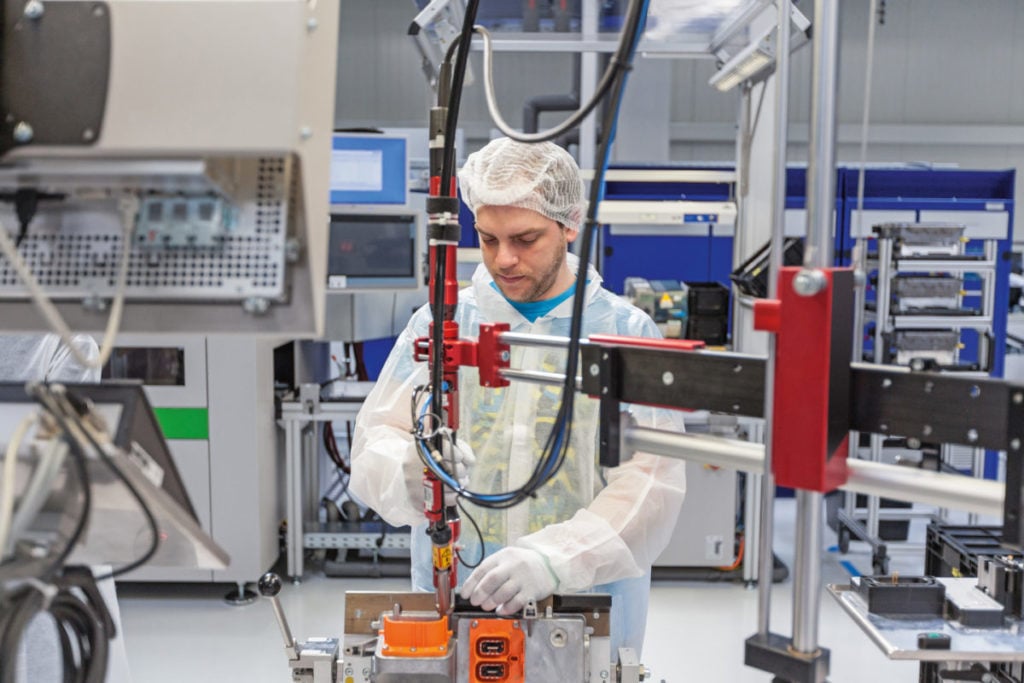
German technology firm Siemens will begin production of string inverters for use in solar modules at a facility in the US state of Wisconsin in early 2024.
Siemens built the facility in the city of Kenosha, and the manufacturing plant will be managed by US manufacturing firm Sanmina, a partner of Siemens.
Unlock unlimited access for 12 whole months of distinctive global analysis
Photovoltaics International is now included.
- Regular insight and analysis of the industry’s biggest developments
- In-depth interviews with the industry’s leading figures
- Unlimited digital access to the PV Tech Power journal catalogue
- Unlimited digital access to the Photovoltaics International journal catalogue
- Access to more than 1,000 technical papers
- Discounts on Solar Media’s portfolio of events, in-person and virtual
Or continue reading this article for free
The Sanmina facility will produce up to 5,200 BPTL3 string inverters annually, enough for 800MW of solar capacity. The inverters will each have a capacity of 125-155kW, and have been granted an efficiency rating of 99% by the California Energy Commission, which develops and assesses efficiency standards for a number of solar components across the US solar sector.
These inverters are also designed for use in solar arrays of 1-1.5kV, which Siemens noted are particularly common in decentralised solar systems, such as residential solar, and producing inverters that will be of use to US customers is a key priority for Siemens.
“This new production line at the Sanmina facility represents Siemens’ strategic priorities to best serve our US customers while being a key partner in our nation’s transition to a more sustainable future,” said Ruth Gratzke, president of Siemens smart infrastructure USA.
“The investments we’re making in communities like Kenosha and the work that we will be doing to bring renewable infrastructure to life will have a crucial impact as we work towards our net-zero goals as a country.”
The new facility is one of many to have benefitted from the US government’s interest in developing a resilient solar supply chain in the US introduced by last year’s Inflation Reduction Act (IRA).
The act offers tax credits for companies involved in the generation of renewable energy and the production of components and machinery necessary for clean power generation, and legislation such as this could help mitigate the growing costs of US solar manufacturing seen in recent years.
According to the US Solar Energy Industries Association (SEIA), between the fourth quarter of 2021 and 2022, the price of installing a residential solar system increased by 7% and the price of commissioning a commercial system increased by 2%. Offering tax breaks to manufacturing companies involved in the production of these systems could help ease fears about the costs of such investments, and encourage more innovation in domestic manufacturing.
“According to the SEIA the total number of installed US solar fleets is expected to grow fivefold from 2022 to 2033, and with tax credits now available due to the IRA, that demand will only get stronger,” said Brian Dula, vice president of the electrification and automation business at Siemens smart infrastructure USA, looking ahead to growing solar demand, and how the IRA could help encourage new investments to meet this demand.







